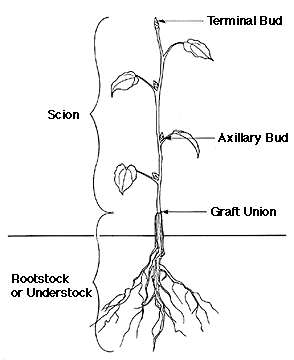Harvesting Cocoa Beans:
Farmers use long-handled knives or big machetes to harvest the ripe cocoa pods. The pods are ripe when they turn into a deep yellow color (for most of the varieties).
 |
| Figure 1: Harvesting tools |
After fermentation, the beans are carried to the villages. There, they are dried on concrete floors for 7-10 days.
The speed of drying is very important. If the beans are dried too fast, they can develop acidic flavors. This is because when dried too fast, it is possible that the cotelydons do not dry completely and only the outer shell dries. After a few days, funghi can grow on the beans.
Sun drying usually provides optimal conditions. Sun and wind combined most of the times ensure adequate drying conditions.
 |
| Figure 2: Drying the beans |
Storage of Cocoa Beans:
Optimal storage conditions for cocoa beans include the following aspects:
1. The warehouse should not have cracks or holes in the walls to prevent insects from coming inside. Furthermore, they should have non-inflammable cement walls.
2.The floor level should be higher than the surrounding areas to prevent flooding.
3.The roof should be well-sealed and insulated, but not made of wood.
4.Adequate ventilation should be installed to prevent the development of molds.
5.The bags of beans shoud be stored on pallets, so that the bottom layer has air ventilation as well. The top layer of bags sould be at least 5-10cm away from the ceiling. Also to allow air ventilation.
6.The cocoa beans should be regularly inspected to prevent contaminations.
7.No other products should be stored next to the cocoa beans to avoid contamination.
8.The access to the storage area should be monitored and recorded.
| Figure 3: Storage of Cocoa Beans |
References
International Cocoa Organization. (2011). Factors
to consider in the storage area in order to minimize risk. Retrieved 10
2018, from
https://www.icco.org/faq/60-storing-cocoa-beans/107-factors-to-consider-in-the-storage-area-in-order-to-minimize-risk.html
Worldagroforestry.org. (n.d.). An Overview of
Cocoa Production in Côte d'Ivoire and Ghana. Retrieved 10 2018, from
http://www.worldagroforestry.org/treesandmarkets/inaforesta/documents/Cocoa_production_in_Cote_divoire.doc
Pictures:
Figure 1: http://www.cotterell.de/pictures/446/show/540x405/crop/VHW+05.jpg?sh=318e90c1f6dae3c8
Figure 2: https://d2v9y0dukr6mq2.cloudfront.net/video/thumbnail/Hb2xLftlindb3lr9/man-drying-cocoa-beans-in-tabasco-mexico_rrjujyh8g_thumbnail-full01.png
Figure 3: https://www.thechicagocouncil.org/sites/default/files/cocoa_crisis_main-77612127-900x600.jpg
